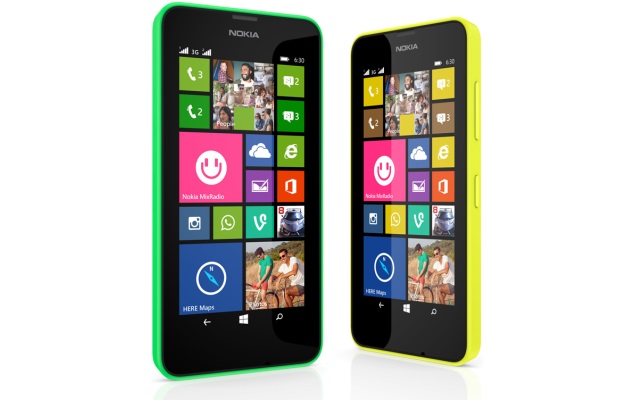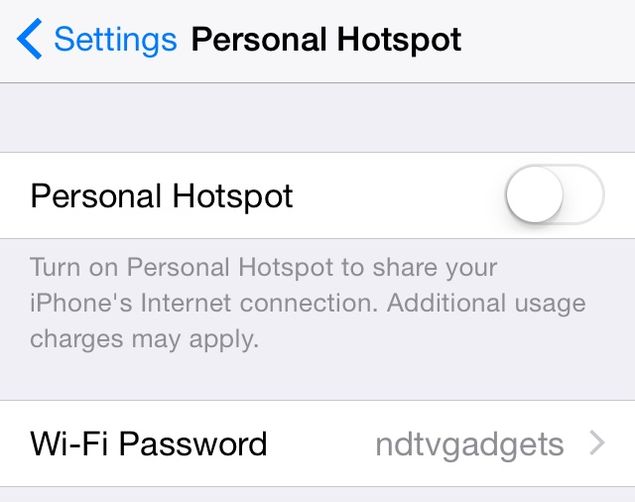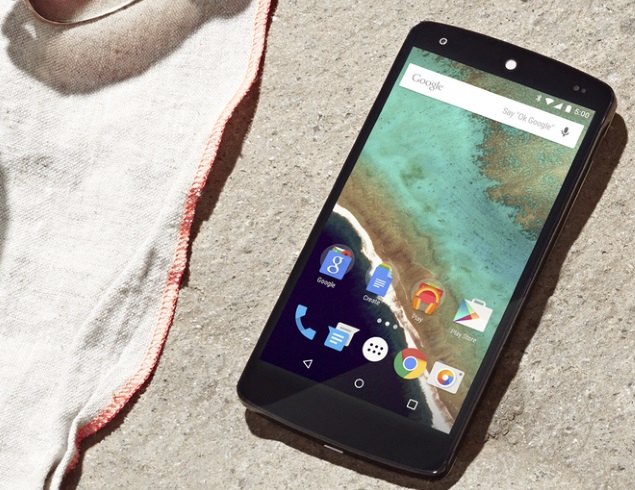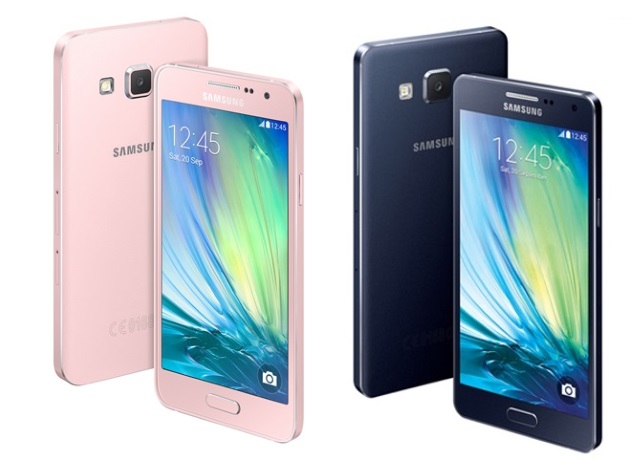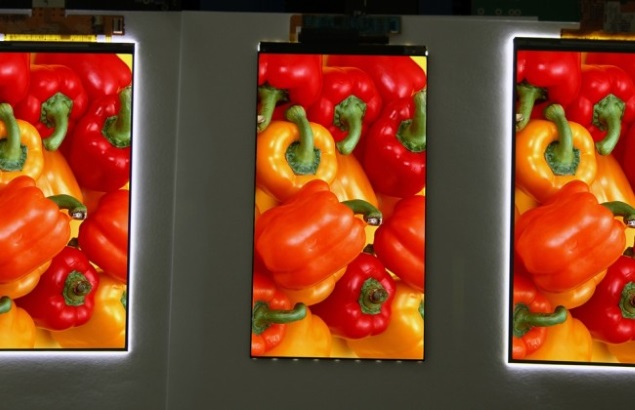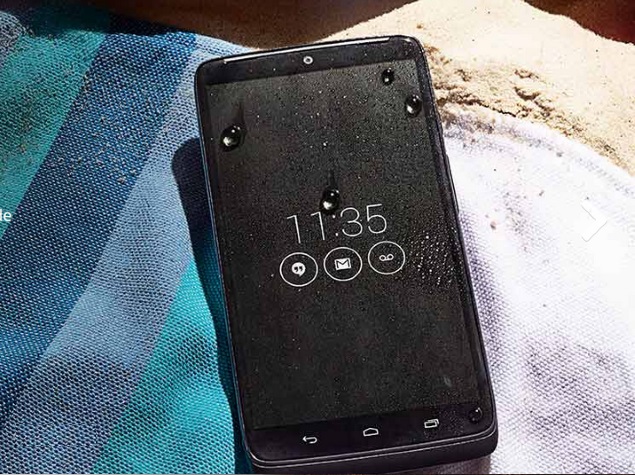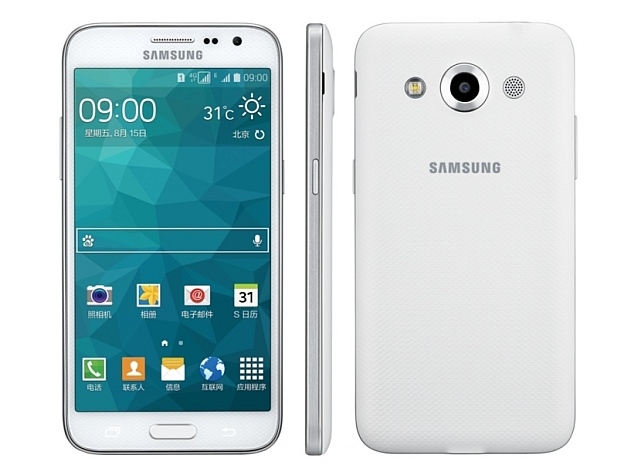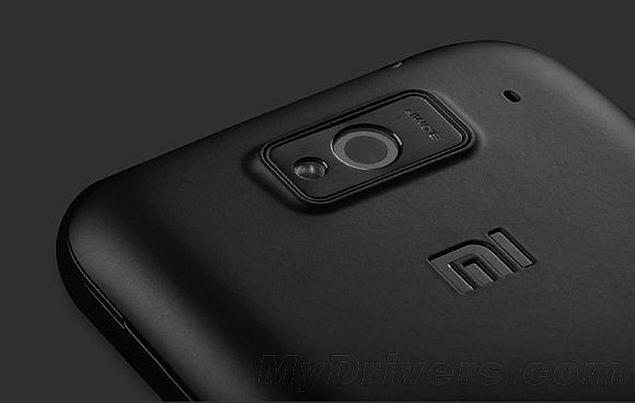Everyone in the world has a wearable these days, and now it's Microsoft's turn. The Microsoft Band is now available after a surprise debut last night. Available only in the US for now, it costs $199, and works on Android, iPhones, and Windows Phone devices alike. It's a fitness band. But it also has smart features. It tracks heart rate, too. Availability for the UK or Australia has not yet been announced, but the price would directly convert to about £125 or AU$225.
It's natural for the first reaction to be skepticism: what can Microsoft offer an already-crowded landscape that existing smart devices and fitness bands don't already give us? But the Microsoft Band offers a lot indeed, not only complete fitness tracking with an astonishing array of sensors but the types of smart notifications that basically make it a smartwatch, too.

Design: Basic black band, high-res display
The Microsoft Band looks generic from a distance: basic black, with a rectangular color OLED display. It's stiff too, since the entire band contains hardware; the sides are practically bulging with what feels like batteries, and the back buckle contains the optical heart-tracking green LEDs.
It looks somewhat like Samsung's Gear Fit, except without the curved display. And that makes sense, because this is a similar idea, a smartwatch-meets-fitness band with an extra-wide and narrow display.
A magnetically-attaching USB charger snaps in like the Surface Pro, or Apple's MagSafe cables.

Fitness: All the fixings
The Microsoft Band tracks steps, and also 24-hour heart rate. Once it locks in, it's easy to instantly see your heart activity. At night, the Band tracks sleep based on accelerometer and heart rate info, and calculates your resting heart rate overnight. During the day, active heart activity during workouts gets analyzed based on heart rate data already collected.
For workouts, the Microsoft Band can work with any gym activities, from weightlifting to ellipticals. There are also downloadable workout sessions from partners like Gold's Gym and Men's Fitness that are free to install on the band. Put them on the Band and they'll guide you to training sessions and track when you've completed each activity.

There's also built-in GPS for runners, making this a stand-alone running accessory. Go jogging without a phone and it'll track your data and location, and map your run and how intensely you ran when you sync with your phone. Microsoft claims 5 hours of GPS battery life, or 48 hours for other activities.
Microsoft plans a number of insights that will get pushed to the Band and the Microsoft Health app, which acts as the hub for syncing and customizing the band's functions. All data is stored in Microsoft's cloud, and the collected coaching-style insights it gives you sound like the type of stuff Jawbone does via its Up app and fitness bands.
The band also has a UV sensor so when you step outdoors it can tell you how much sun you're getting. No other fitness band I can think of has a UV sensor.
Microsoft Health app has a clean design and feels like a part of Windows Phone that escaped and lives on my iPhone. The Band's background colors can be changed, app and feature tiles can be swapped out and workouts added. Charts and graphs show trends and activity over time, much like other data-rich fitness apps. The app connects with RunKeeper and MyFitnessPal to start, allowing synchronized food and social run-tracking.

Smart features: Very smart indeed
The Microsoft Band can get a ton of notifications: texts, incoming phone call caller ID, calendar appointments, email previews, Facebook and Twitter notifications, weather, stock data and any other notifications via your phone's stock notification center. It just took a few seconds to set up with an iPhone 6 and everything worked perfectly.
There's even a Starbucks mini-app that can load your barcode and pay at a local store: I tried and it worked like a charm for my daily iced coffee.

Impressively, all of the smart features work on Android, iOS or Windows Phone: you need Windows Phone 8.1 plus Bluetooth, Android 4.3.4 or above with Bluetooth, or an iPhone 4S or newer running iOS 7.1 or better.Windows Phone owners get another bonus: Cortana communication via built-in microphone. You can set reminders or ping your phone for information -- but the Band doesn't have a speaker.
Built-in vibrations can be used to set silent alarms or to get fitness goal reminders.

The perfect fitness smart band?
The Microsoft Band seems nearly perfect at first glance. Its biggest limits are that it's not swim or shower-friendly, its battery life is significantly shorter than competing fitness-based bands and watches, and it feels a little awkward on the wrist. Stay tuned for a full review, but so far Microsoft looks like it's made some pretty smart moves...ones that devices like Samsung Gear Fit should have added a long time ago








